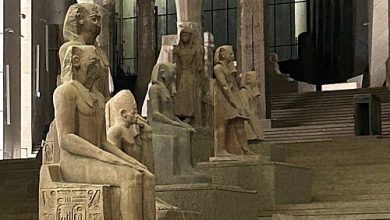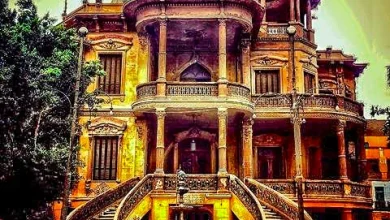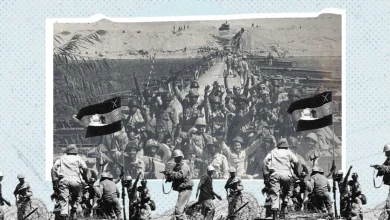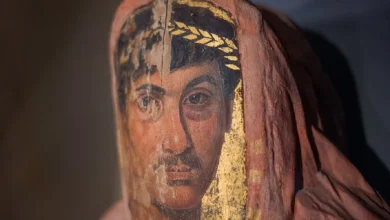Karim Shafei: The Tamara project faced significant challenges, and we restored 15 properties
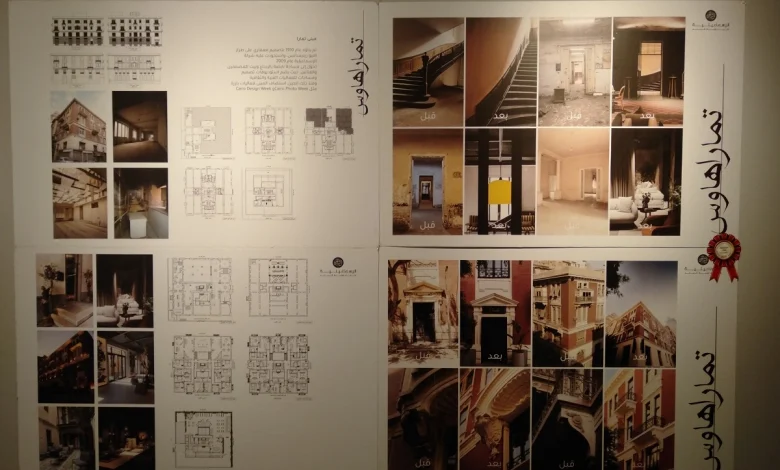
Yesterday, at the small theater of the Egyptian Opera House, a ceremony was held to announce and distribute the awards for the “Best Practices in Preserving Urban and Architectural Heritage for 2025” competition, organized by the National Organization for Cultural Coordination, headed by consulting engineer Mohamed Abu Saada. The ceremony honored the participating and winning projects, in the presence of Dr. Ahmed Fouad Hanno, Minister of Culture, and Dr. Ibrahim Saber, Governor of Cairo.
Tamara project wins grand prize
The restoration and revitalization project of the Tamara building in Cairo’s Khedive district, owned by Ismailia Real Estate Investment Company, won the grand prize for best practice in heritage preservation. The award was received by Karim Al-Shafei, Chairman of the Board of Directors of the company, and Engineer Mohamed Hassan, Head of the Design Team.
One of Ismailia Real Estate Investment Company’s most prominent projects is the Mazig Balad Hotel, classified as a small boutique hotel and located in the historic La Fenouil building. The company is also preparing to open the Tamara Haus project in the coming period, which will be a multi-use destination combining design, hospitality, entertainment, and retail.
As part of its plans to revitalize downtown Cairo, the company is working to revive Café Riche after its development, as well as converting Radio Cinema into a cultural and commercial center that will house offices, commercial units, and various events. All of these projects aim to preserve the architectural heritage of downtown Cairo and reintroduce it as a vibrant destination that attracts residents, visitors, and companies.
Motivations for participation and challenges
Karim El-Shafei spoke to Bab Masr about his motivations for participating in the competition. He explained that the goal is to cooperate with state agencies on the issue of urban heritage. He added that participation was an important opportunity, especially since they are the first company specializing in the reuse of real estate.
Regarding the challenges faced by the Tamara project, he noted that they included purchasing real estate, extracting the building’s original structure, and restoring it to its optimal use.
Company achievements
Regarding the possibility of applying the Tamara project plan as a successful model for other projects, Al-Shafei explained that they own 25 properties, of which about 15 have already been restored.
Honoring exceptional projects and efforts
In this context, the Minister of Culture awarded certificates of appreciation to a number of distinguished owners and consultants. Among them were the Ministry of the Interior for the Civil Protection Administration building project in Alexandria, which was received by Brigadier General Dr. Tamer Abbas Marai, and Dr. Ayman Moussa for the integrated design group “Gayed.”
The honors also included the restoration and revitalization project of the Dokki Police Station building in Giza, which was received by Brigadier General Dr. Tamer Abbas Marai and Dr. Hakim Al-Afifi, Chairman of the Board of Directors of the “Al-Afifi Engineering Consultancy” think tank. It was received by Brigadier Dr. Tamer Abbas Marai and Dr. Hakim Al-Afifi, Chairman of the Board of Directors of the “Al-Afifi Engineering Consultancy” expertise center. Abdul Rahim Ali Khalifa, owner of property No. 78 on Beram Al-Tunisi Street in Sayeda Zeinab, received the award, which was presented by Engineer Mohamed Abdel Majeed. In addition, the Center for Archaeological and Environmental Engineering at the Faculty of Engineering, Cairo University, which consulted on the restoration project, received the award, which was accepted by Dr. Mohamed Reda Abdullah, Director of the Center.
The jury was also honored for its efforts. The jury included professors of architecture and planning from Cairo University and Ain Shams University, as well as Engineer Mohamed Abu Saada.
Opening of the parallel exhibition
On the sidelines of the ceremony, the Minister of Culture and the Governor of Cairo opened an exhibition of the participating projects in the Salah Taher Hall at the Opera House, where they praised the creative level of the works. The two officials emphasized that preserving urban and architectural heritage is a fundamental pillar for reviving national identity. Among the projects were:
- The meticulous restoration project of the Zaafran Palace at Ain Shams University.
- The restoration project of the Omar Agha Mausoleum.
- The development project of the historic Cairo area of Darb al-Labana.
- The revival of the Heliopolis Family House Museum.
- The building at 78 Beram al-Tunisi Street, Sayeda Zeinab.
- The Dokki Department building.
Engineer Mohamed Abu Saada explained that this year’s session was dedicated to the topic of the compatible reuse of heritage buildings, with the aim of encouraging Egyptian owners and experts to innovate renewable and sustainable solutions for heritage preservation. These initiatives witnessed the solidarity of state agencies, individuals, and companies that made outstanding efforts in this regard. This is proof that all parties recognize the value and importance of Egyptian architectural heritage. He praised the projects presented by individuals, companies, and state agencies, which highlight the outstanding efforts to preserve our architectural and urban heritage.
He also thanked Minister of Culture Ahmed Fouad Hanno for his special patronage of the award, the Governor of Cairo for his continued support for projects to preserve Khedivial Cairo, and the members of the jury and the winning and honored projects.

